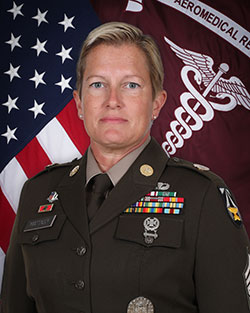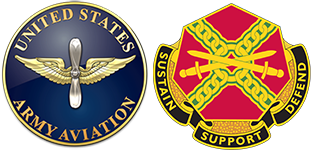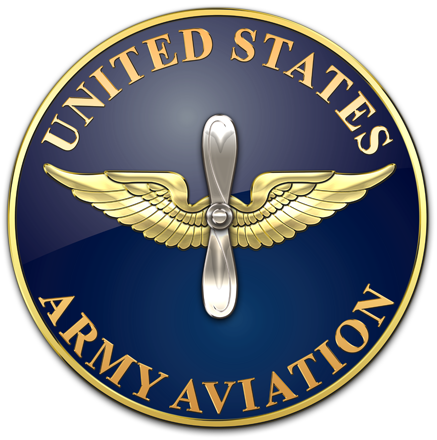The U.S. Army Aeromedical Research Laboratory, one of six research laboratories within the U.S. Army Medical Research and Materiel Command, was established at Fort Rucker in 1962 to accomplish research in support of Army Aviation and airborne activities, and to provide a central aeromedical research/reference library. Today, USAARL's mission has expanded to support the Aviator, the airborne Soldier, and the ground warrior. The Lab's research focuses on aircrew health and performance; blunt, blast, and accelerative injury and protection; crew survival in military helicopters and combat vehicles; en route care; and sensory performance, injury, and protection. Specifically, USAARL's programs:
- Provide information on aeromedical and operational issues including aircrew health and performance, aviation and patient life support equipment, injury protection, and fitness for duty;
- Research aeromedical, psychological, behavioral, and neurocognitive effects on health, performance, safety, and effectiveness in the aviation operational environment;
- Focus on determining the effects of developmental injury protection equipment and provide pathological and medical data to improve Soldier survival;
- Include testing and evaluating aeromedical evacuation equipment; and
- Address current and emerging operational visual, auditory, and vestibular stress, and injury protection.
The Laboratory's highly skilled workforce consists of rated Aviators, medical professionals, doctoral- and masters-level researchers, and research technicians. USAARL researchers seek to enhance force readiness and effectiveness by preventing or minimizing health hazards created by military systems, doctrine, and tactics. Specifically, they identify, investigate, and solve medical- and health-related problems that compromise Soldiers'/Aviators' safety and/or prevent them from performing the mission. USAARL's partnerships with other government organizations, academia, and industry allow the Laboratory's unique mix of scientific personnel to successfully conduct critical research for solving operationally specific medical problems, and to provide military developers with information and expertise to enhance the performance and safety of future Army systems.
Research assets include: Aeromedical research/reference library, anechoic and reverberant chambers, audiology laboratory, biodynamics research facility, engagement skills trainer, electromagnetic interference chamber, environmental chambers, helmet impact and retention testing facility, JUH-60A Blackhawk helicopter, multi-axis ride simulator, NUH-60FS Blackhawk research flight simulator, and vision laboratory.
Through research and development, USAARL supports military operations and modernization of solutions to enhance the medical readiness and performance challenges of Army aviators and ground forces.
It is USAARL's commitment to the aviator, the airborne Soldier, and the ground warrior, to find medical solutions that reduce health hazards, prevent and mitigate injury, and enhance performance.
Leadership
Commander, U.S. Army Aeromedical Research Laboratory
Col. Tom Summers is the commander for the United States Army Aeromedical Research Laboratory (USAARL). He received his commission fr Tom Summers is the commander for the United States Army Aeromedical Research Laboratory (USAARL). He received his commission from the United States Military Academy in 2002 and subsequently attended the Uniformed Services University of the Health Sciences where he graduated in 2006 as a Doctor of Medicine... READ MORE






